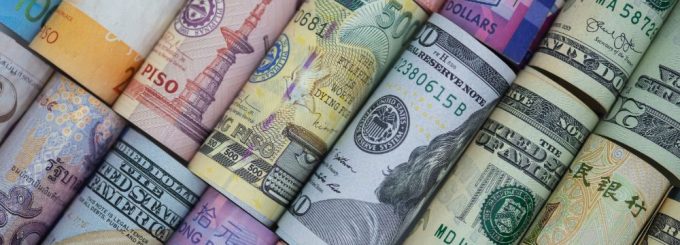The Importance of IBNS Grading Standards For Currency Collecting

It is essential for those getting started with currency collecting to understand IBNS grading standards. Even a minor grading difference can have a tremendous impact in regards to value. The following grades have been standardized and are accepted by most coin/currency collectors in the West: Uncirculated, About Uncirculated, Extremely Fine, Very Fine, Fine, Very Good, Good, Fair and Poor.
How To Evaluate Bank Notes
To determine a note’s grade, it is important to review it outside its holder and under excellent lighting. Move it around so the light bounces from various angles. It should also be held obliquely so that the bill is even at eye level, as this will allow you to detect any creases or folds which are normally difficult to detect.
Currency should never be pressed, washed or cleaned, regardless of how dirty it is. Doing so is damaging and will lower its grade and value. Notes which have been cleaned will also lose their sheen, resulting in a surface that is dull. Any defects which are present, like creases and folds, won’t be eliminated by cleaning anyhow. It is possible to remove common marks such as pencil or glue, which will make the surface cleaner and most pleasant. Any writing, staple holes or tape marks that are visible on the note should be added to the description.
One thing that must be emphasized is that a currency collector cannot reduce a bill’s grade based purely on defects. Although the price will be a reflection of the note’s reduced value, the description has to always mention the defects which are specifically present. Grading is still a subjective process, and even among various experts the same bill may be graded differently so this is something to keep in mind.
Differences Between European And American Grading
While IBNS grades are largely standardized throughout the West, there are some notable differences that should be mentioned. Europeans in general do not use the term AU or About Uncirculated as a grading term, whereas United States currency collectors use this term quite frequently. Also, in Europe bills may be given the designation “Good VF” which is the North American equivalent of “EF,” or Extremely Fine.
What Does Uncirculated Mean?
The term “Uncirculated” is used frequently among coin and currency collectors, but many don’t actually know what it means, especially those new to the hobby. It is used largely as a measurement of bills which is qualitative, and does not refer to whether or not the bill was actually released into circulation. As a consequence the term “About Uncirculated” is also accepted since many bills have never been traded or mishandled so they are in outstanding condition, almost perfect. Notes or either circulated or uncirculated, there is no middle ground between the two. Any defects involving color, centering and so on can be added within the description of the bill.


